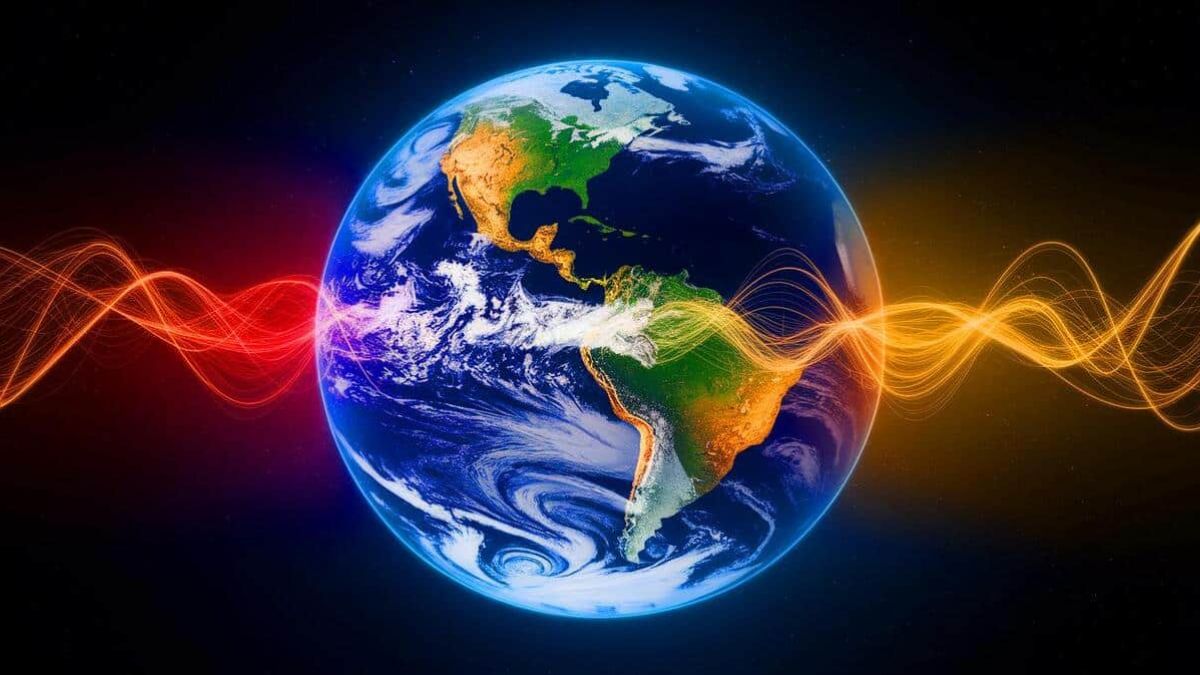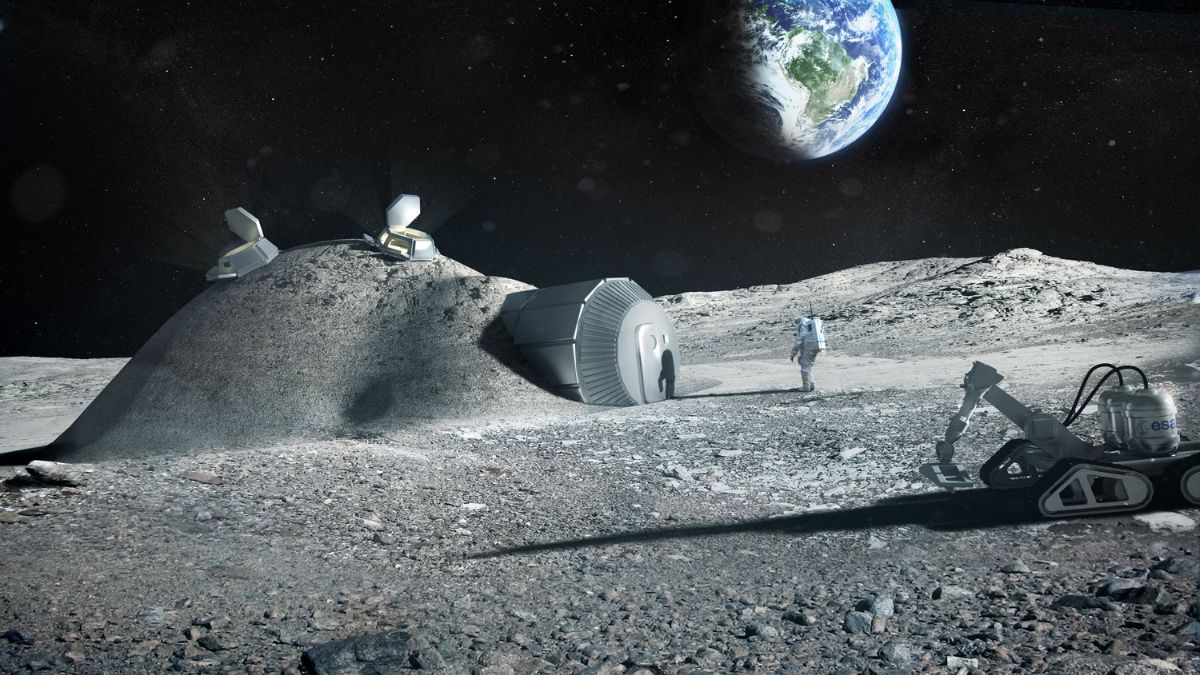Every year, when autumn rolls around, we all take part in the odd tradition of adjusting our clocks—an hour forward in spring, and an hour back in fall. It feels routine, almost mechanical, yet few stop to ask: why are we still doing this? The idea of Daylight Saving Time (DST) began in a completely different world—one lit by candles and powered by coal. Today, in an era of smart tech and energy-efficient everything, does this biannual shift still make sense? Let’s cut into the origins, effects, and heated debates surrounding this century-old custom.
Origins
Believe it or not, the first spark of the DST idea came from none other than Benjamin Franklin. While in Paris, he joked that people could save on candles by waking up earlier. That tongue-in-cheek suggestion planted the seed, but the first real rollout of DST came during World War I. Germany needed to conserve fuel, so they started shifting clocks. Other countries quickly followed, including the U.S.
After the war, DST became a jumbled mess—states and cities adopted it at will, creating chaos for travel and commerce. It wasn’t until 1966 that the U.S. passed the Uniform Time Act, finally giving DST a consistent structure while letting states opt out. That’s why Hawaii and most of Arizona don’t observe it today.
Benefits
So what’s the case for keeping DST? Supporters believe it helps in a few key areas. First up: energy savings. By extending daylight into the evening, people supposedly use fewer lights. While that made sense in the 1900s, it’s a bit murkier now with modern lighting and appliances.
Then there’s the economic argument. More daylight means more time for shopping, dining out, playing sports, or traveling. Businesses like golf courses and outdoor venues often report higher sales during DST months.
Public safety is also a plus. More daylight in the evening may reduce crime and give people more opportunities to exercise, improving public health.
Drawbacks
Still, the list of downsides is growing. Critics argue the time change messes with our internal clocks. The “spring forward” jump has been linked to higher risks of heart attacks, strokes, and car accidents. Losing even one hour of sleep can throw people off for days.
Modern studies also show energy savings are minimal at best—and in some cases, energy use increases due to more air conditioning in warmer, longer evenings.
Then there’s the tech hassle. Updating systems, software, and servers twice a year can be a major headache, especially for global companies. Farmers, too, find the change disruptive since they work with sunlight, not the clock.
Patchwork
DST isn’t a global standard. About 70 countries use it, but the majority of the world does not—especially those near the equator, where daylight doesn’t vary much year-round.
In the EU, lawmakers voted to scrap DST, but can’t agree on what time to stick with. In North America, it’s a mixed bag. Some regions opt out, while others are pushing for permanent DST.
Here’s a snapshot of 2025’s DST end dates:
| Region | DST End Date | Time Adjustment | Areas Not Observing DST |
|---|---|---|---|
| United States | Sunday, Nov 2, 2025 | “Fall back” 1 hour | Hawaii, Arizona (except Navajo Nation) |
| Canada | Sunday, Nov 2, 2025 | “Fall back” 1 hour | Saskatchewan |
| European Union | Sunday, Oct 26, 2025 | “Fall back” 1 hour | Varies by country |
| Australia (some) | Sunday, Apr 6, 2025 | “Fall back” 1 hour | Queensland, WA, Northern Territory |
| Brazil, India | No DST | N/A | All regions |
Impact
Let’s talk numbers. Health studies show that DST transitions, especially in spring, lead to a short-term spike in heart issues and car crashes. Workplace productivity drops noticeably the Monday after clocks change.
Economically, global scheduling gets harder with each region flipping clocks on different dates. And those minor energy savings? Often wiped out by increased cooling costs.
A 2017 study even found that in some regions, DST causes more energy use overall, not less.
Future
The future of DST is up in the air. Some U.S. states have passed laws to stick with DST year-round—but they need federal approval. The EU is stalled. And globally, there’s growing demand for a simpler, more consistent system.
Maybe it’s time we rethink the clock. DST worked in the past, but we live in a world where time is synced by servers, not sunlight. Whether we let it fade away or make it permanent, the conversation is only just heating up.
FAQs
Why do we still use DST?
Mainly for energy savings and lifestyle convenience, though debated.
Which US states don’t observe DST?
Hawaii and most of Arizona don’t follow DST.
Is DST used worldwide?
No, only about 70 countries use it.
Does DST affect health?
Yes, clock changes can disrupt sleep and raise health risks.
Will DST end permanently soon?
Possibly. Some regions are debating permanent time changes.






















